Flight Test Files: The Douglas D-558-2 Skyrocket – Chasing Mach 2
Vintage Aviation News
APRIL 11, 2025
D-558-2 Skyrocket take off using JATO assist in 1949 NACA engineers improved the rockets performance by adding nozzle extensions to its combustion chambers, reducing exhaust interference with the rudders and increasing thrust at altitude. They also chilled the alcohol fuel and waxed the aircrafts fuselage to reduce drag for a record attempt.

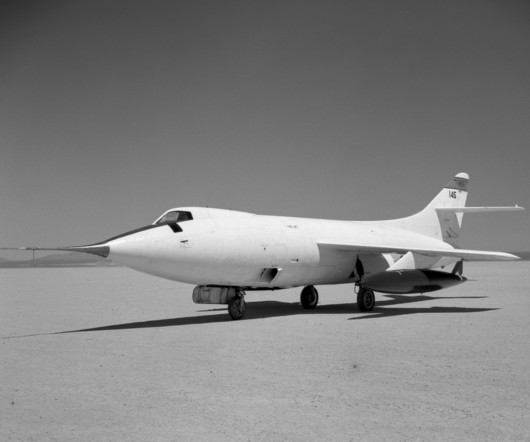




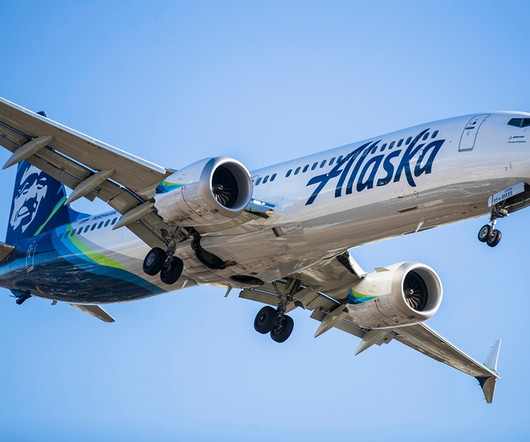
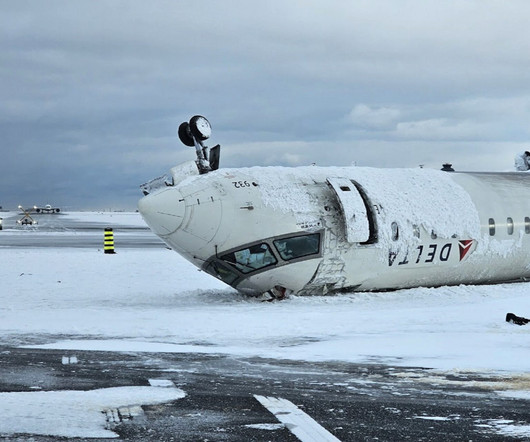
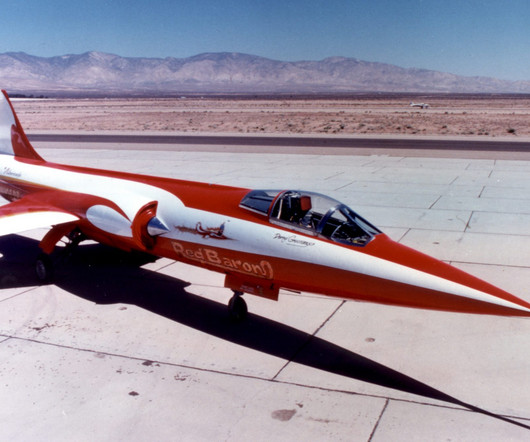

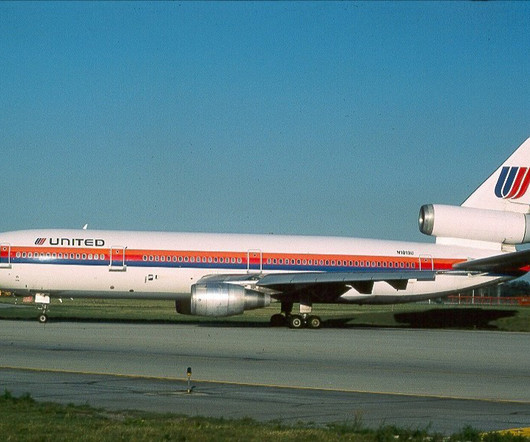








Let's personalize your content